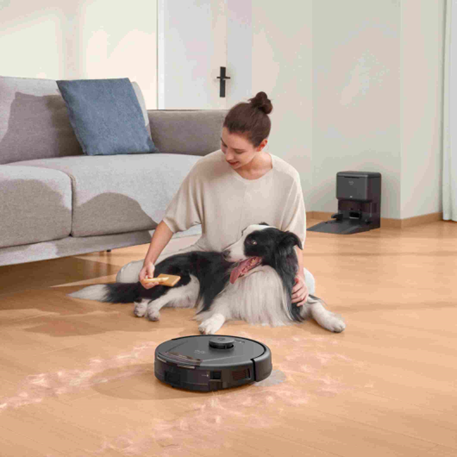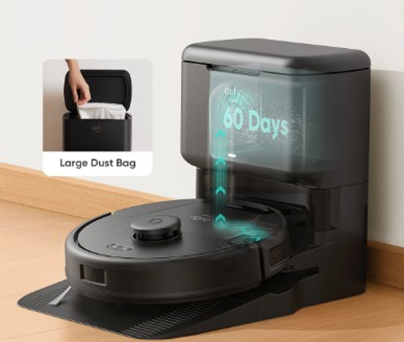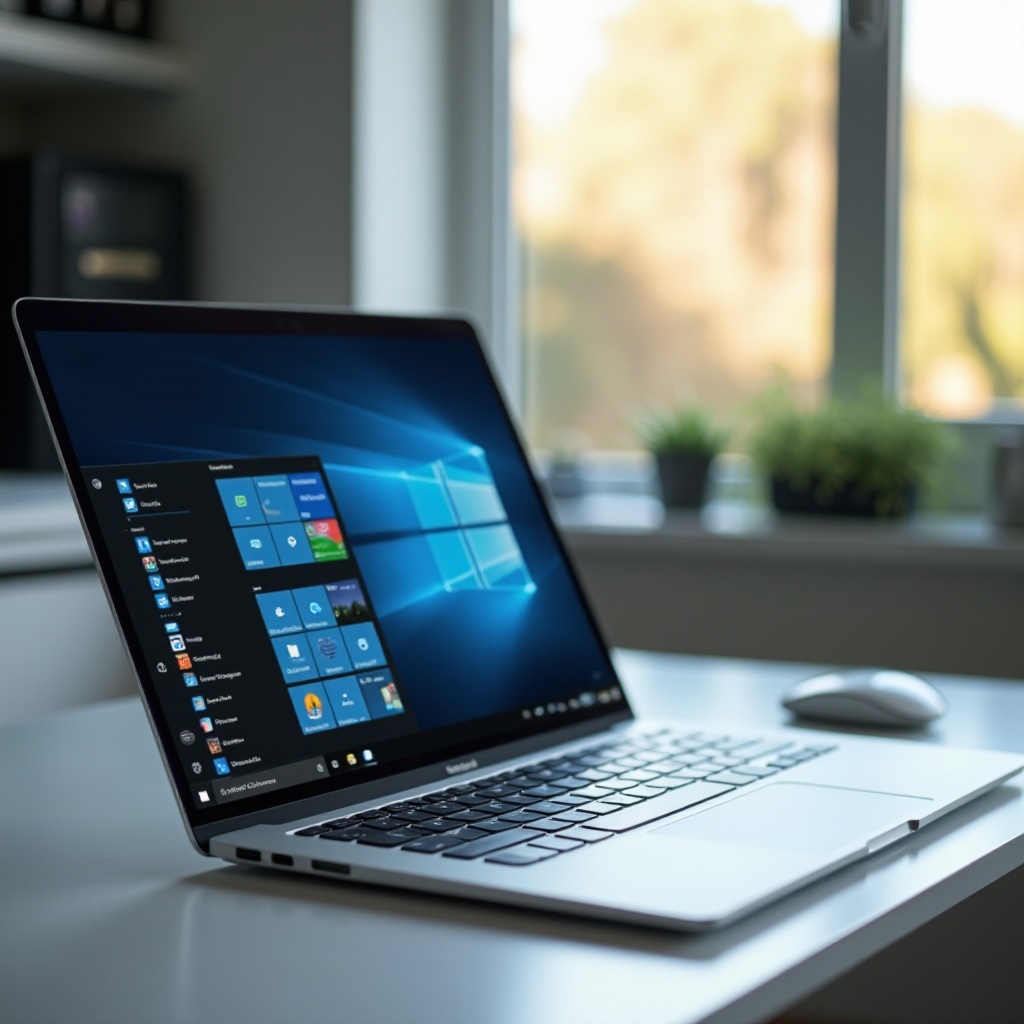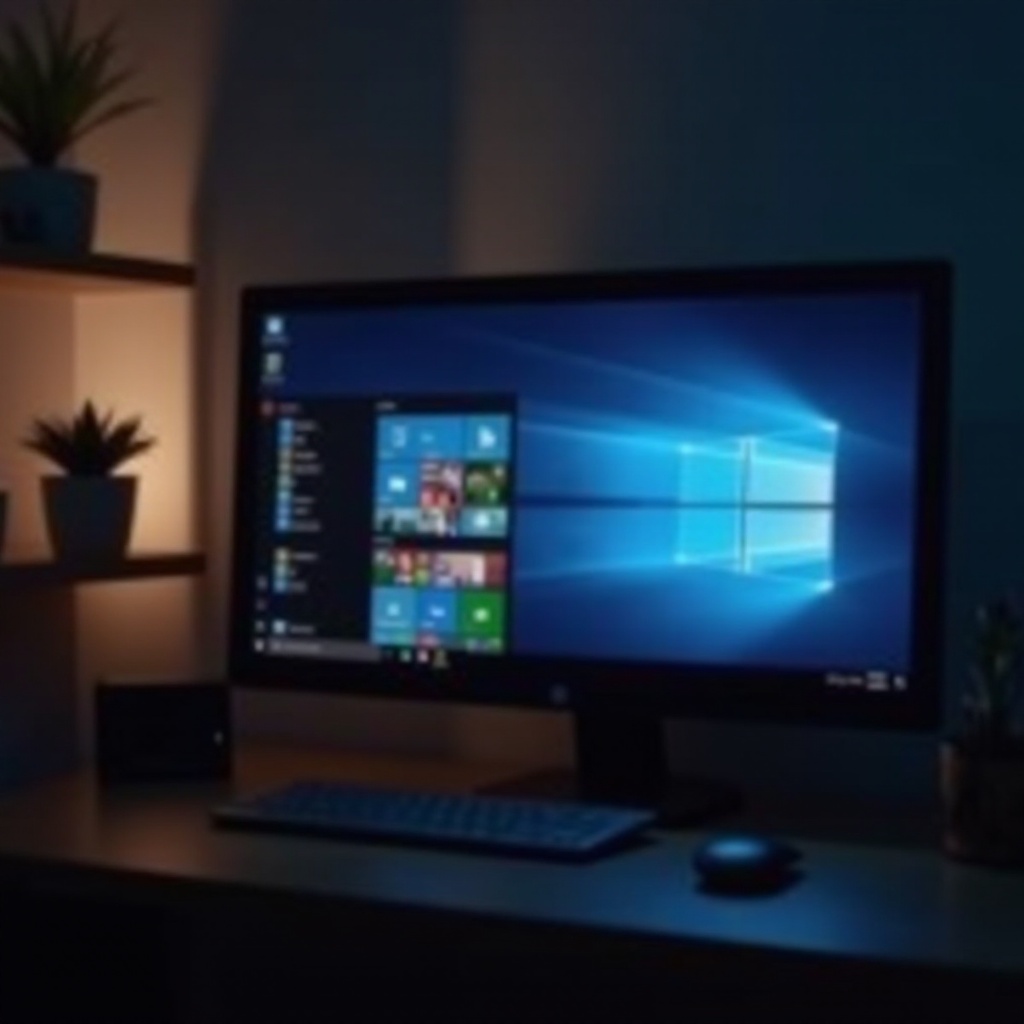Robot vacuums have revolutionized domestic cleaning due to their convenience and smart technology. These tiny, self-contained devices perform a variety of tasks to make daily cleaning easier. However, not all models perform equally. Knowing the features to look for when comparing entry-level and high-end smart cleaners will help you save time and money. From suction power to advanced navigation, the best robot vacuum cleaner is suited to your home’s size, floor type, and user preferences. This blog discusses key features, innovative functionality, and what distinguishes top-rated models.

What Core Features Define a Good Robot Vacuum?
Suction Power and Cleaning Performance
Suction power influences a robot vacuum’s dirt, dust, and pet hair pickup. Basic versions may struggle on harder terrain, whereas strong motors can handle thick carpets and rubbish. Some devices automatically adjust suction according to surface type, enhancing performance without draining the battery. Multi-brush systems and edge-cleaning modes enhance corner cleaning. A competent robot vacuum cleaner cleans several surfaces without making repeated passes. High-end versions have HEPA filters that trap small particles and enhance indoor air quality, which is beneficial in allergy-prone homes.
Battery Life and Charging Options
Robot vacuums can clean greater areas in a single session and have longer battery life. Smaller families may prefer devices with runtimes of roughly 100 minutes, but medium to large homes require more. When batteries fail, many devices return to their charging ports and clean themselves. For those who are constantly on the go, fast-charging options are ideal. Some advanced vacuums feature interchangeable batteries or charge while cleaning. A strong, efficient robot vacuum cleaner reduces downtime and cleans everything. Runtime estimates should be tested in the real world, not only against manufacturing specifications.
Dustbin Capacity and Maintenance Needs
A larger trashcan minimizes waste journeys in homes with pets or high traffic. In order to maintain their slimness, compact models usually decrease the bin size. While some require more effort or frequent emptying, the majority of dumpsters are simple to remove and clean. Cleaning of the brush, sensor, and filter is part of maintenance. To reduce upkeep, pick models with washable filters and brushes that don’t tangle. Daily cleaning is made easier with a well-designed robot vacuum cleaner. High-end models with self-emptying bases provide weeks of hands-free operation and less manual upkeep.

How Do Robot Vacuums Navigate and Avoid Obstacles?
Mapping Technology: LiDAR, Camera, and Gyroscope Systems
Robot vacuums navigate your home using a variety of mapping technologies. LiDAR sensors use laser technology to create accurate floor maps, while camera-based systems identify walls and furniture. Gyroscope-driven models have less precision and employ directional sensing. LiDAR works best in low light, whereas cameras struggle in dark environments. Some vacuums utilize a variety of technologies to increase accuracy. This mapping allows them to clean systematically, avoid missing areas, and create custom cleaning zones. A smart robot vacuum cleaner with robust navigation tech saves time, avoids chaos, and covers more ground efficiently with fewer mistakes.
Obstacle Detection and Drop Sensors
Good obstacle detection prevents furniture, pet, and cord collisions. Vacuums are delayed before they strike objects using infrared or ultrasonic sensors. Advanced versions avoid shoes, pet bowls, and toys. Drop sensors prevent stair falls, making multi-story homes safer. To ensure accuracy, these sensors must be cleaned on a regular basis. Premium devices may detect obstructions in real time using AI. The robot vacuum cleaner adapts to the layout of your house, allowing it to operate safely in tough areas. Reliable detection increases efficiency while reducing machine and property damage.
Room Mapping vs. Random Navigation Patterns
Robot vacuum cleaners employ room mapping to clean in straight, methodical lines with little overlap. Budget models employ random navigation to shift the vacuum at random. Random patterns clean the space; however, they take longer and miss certain spots. Mapped vacuums often have zone cleaning, scheduling, and real-time progress tracking. Mapping technology enables the robot vacuum cleaner to memorize your home’s layout, adjust for furniture changes, and optimize pathways. This speeds up cleaning, makes it smarter, and saves energy—all of which are required for effective hands-free automation.
Which Smart Functions Truly Add Value?
App Control, Voice Assistants, and Scheduling
Consumers may start, pause, and schedule cleanings using their smartphone apps. Many modern vacuums include cleaning history, battery condition, and room maps. Hands-free operation is improved with Alexa or Google Assistant integration. Set up daily or weekly routines to allow your robot vacuum cleaner to operate automatically. Smart features are more than just a novelty; they’re useful. Remote access ensures that cleaning continues even while you are away or engaged. You can control a connected device from anywhere.
Zone Cleaning, Virtual Walls, and Multi-Floor Mapping
Zone cleaning enables users to concentrate on certain areas, such as the kitchen or living room, rather than cleaning the whole house. Virtual barriers prevent the vacuum from entering certain areas, such as pet dishes or play areas. Multi-floor mapping accommodates residences with several stories, storing distinct layouts for each. These capabilities increase adaptability and efficiency, allowing the robot vacuum cleaner to clean precisely where and when you want. Rather than wasting battery life on superfluous passes, the vacuum focuses on high-traffic or dirt-prone areas. This sophisticated management lowers wear and increases pleasure, particularly in households with varying layouts or cleaning requirements.
Self-Emptying Bases and Mopping Features
Self-emptying bases allow your vacuum to empty its waste into a larger container, reducing maintenance to every few weeks. Homes with a lot of filth or pet hair benefit from this. Mopping involves vacuuming and wetting hard surfaces using water tanks and mop pads. Some models switch between modes, while others do both in one pass. These improvements transform the robot vacuum cleaner into an all-in-one floor care system. Although pricey, these luxuries provide unparalleled convenience. Users who desire less housekeeping participation will adore them.
Conclusion
Choosing the best robot vacuum requires understanding which features improve cleaning. Top models have strong suction, intuitive navigation, intelligent scheduling, and self-emptying bins. It is important to consider how effectively a robot vacuum cleaner fits into your life rather than just its price or appearance. With their performance and smart features, these machines might save you hours of labor each week. Whether you want clean floors, allergy relief, or more time, a high-quality unit pays for itself in comfort and cleanliness.
Visited 1 times, 1 visit(s) today


